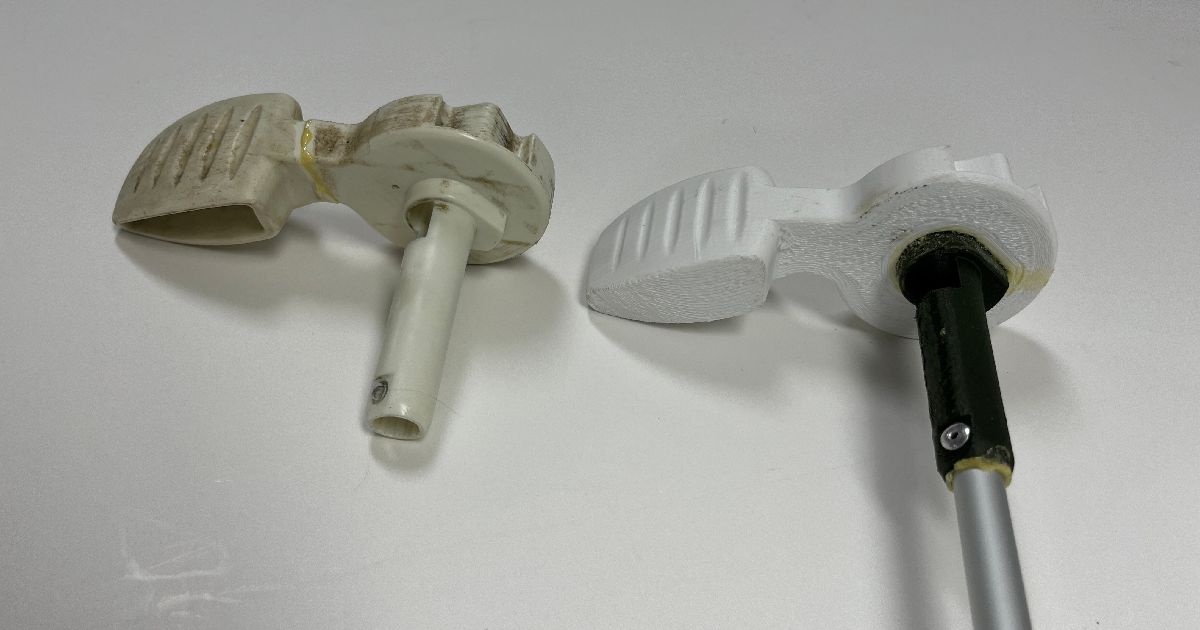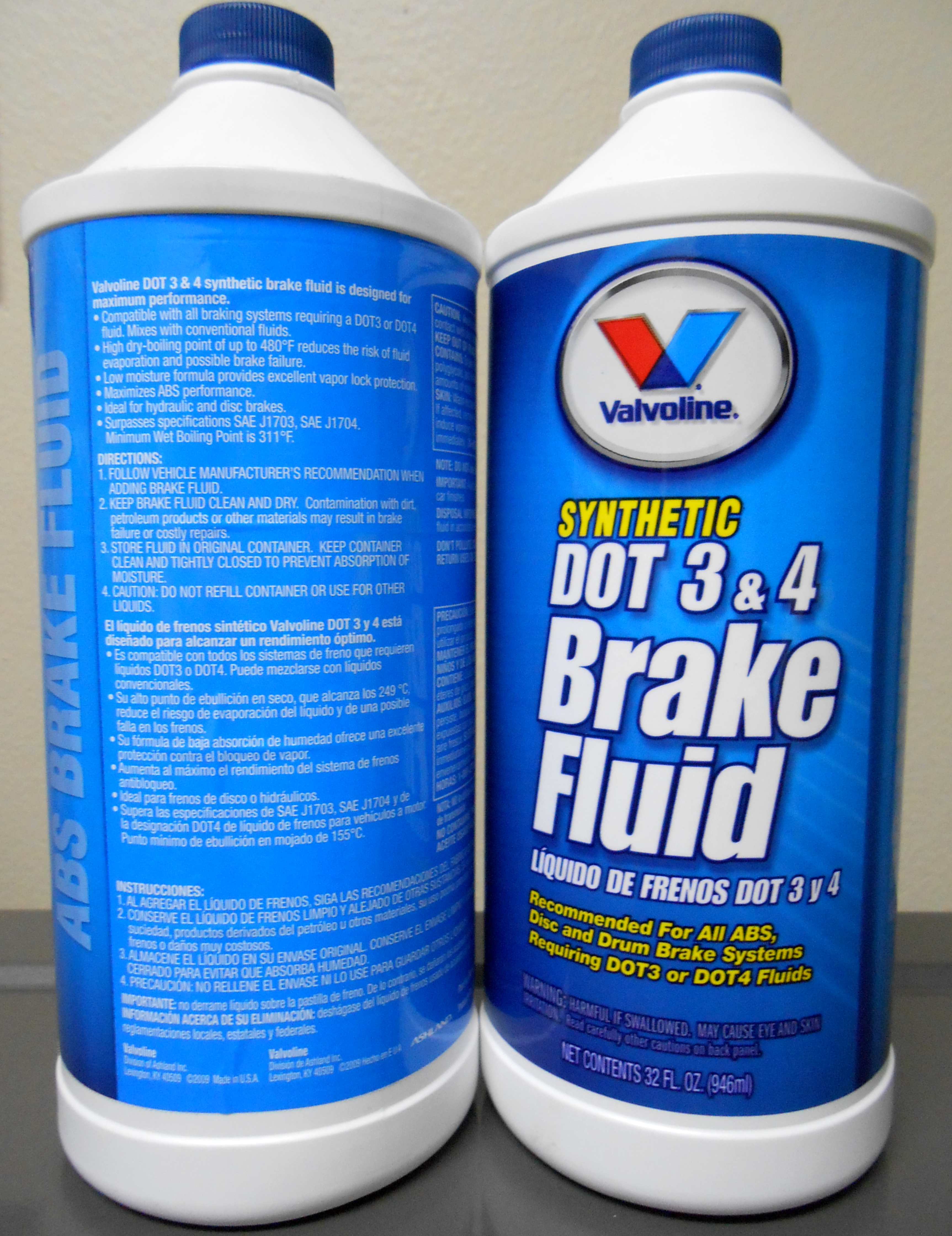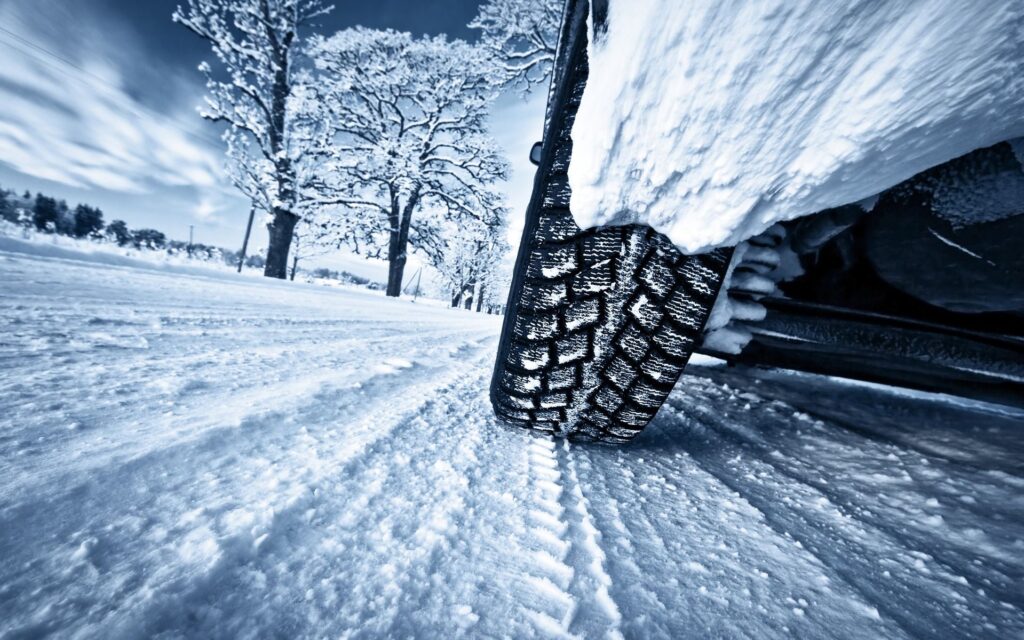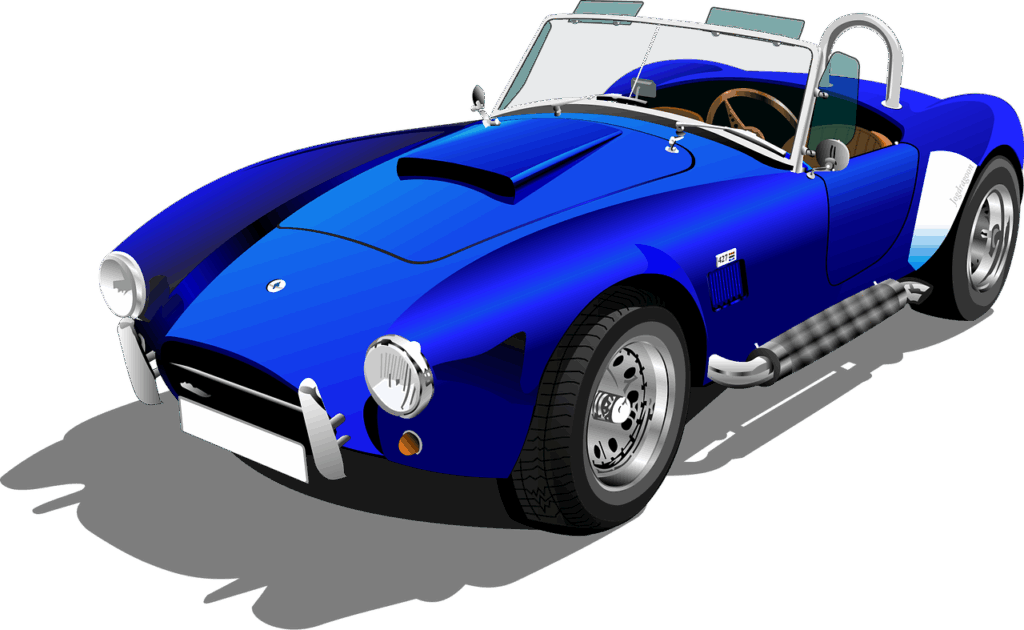
Your car’s brakes are undeniably one of its most vital components, providing the control and stopping power essential for every driving situation. When these critical systems start to wear out faster than anticipated, it’s not just a minor inconvenience; it’s a genuine worry, prompting questions about underlying causes beyond normal use.
The reality is, rapid brake degradation stems from a myriad of factors, ranging from mechanical intricacies to subtle shifts in driving patterns. Understanding these multifaceted causes is the first step toward diagnosing why your brakes might be struggling, and more importantly, what can be done to rectify the situation.
This in-depth guide is designed to empower you with knowledge, unraveling the common culprits behind premature brake wear. By identifying these issues, you can adopt proactive measures to extend the life of your brake components, ensure optimal performance, and ultimately, enhance your vehicle’s safety and your driving experience. Let’s delve into the specific factors silently working against your brake longevity.

1. **Low-Quality Brake Components**Not all brake pads and rotors are manufactured to the same exacting standards; opting for cheaper, lower-quality components can dramatically shorten their lifespan and compromise vehicle safety. Inferior pads are frequently constructed from materials unable to withstand the immense heat, friction, and pressure generated during braking. These materials degrade much faster under normal operating conditions, leading to early failure.
High-quality pads use advanced composites designed for effective heat dissipation, preventing overheating and weakening of the material, ensuring consistent performance. Poor-quality pads, conversely, overheat easily, compromising structural integrity and accelerating wear, reducing their ability to perform when needed. Faulty rotors with rough, warped, or uneven surfaces also contribute, creating inconsistent pressure points and forcing pads to wear quickly and unevenly.
The repercussions are clear: reduced braking performance, longer stopping distances, and increased accident risk. Inferior pads also cause increased rotor wear, leading to costlier repairs, as constant replacements add up. To safeguard safety and investment, prioritize ceramic or semi-metallic pads from trusted brands or OEMs, and avoid cheap options lacking transparent material specifications. Replace or resurface damaged rotors promptly.
Read more about: Buyer’s Remorse on Every Street: 15 Cars Motorists Confess They’d ‘Unpick’ If Given the Chance

2. **Misaligned Pads and Stuck Calipers**For peak efficiency, brake pads must align perfectly with the rotor. Any deviation means only a portion contacts the rotor, causing accelerated, inconsistent wear. This often stems from improper installation or warped rotors, creating an inconsistent contact surface. Consequences include uneven pad wear, reduced stopping power, and increased heat damage from partial contact, compromising lifespan.
Stuck calipers further compound wear by keeping pads in continuous contact with the rotor, even when not braking. This constant, unnecessary friction generates excessive heat, rapidly grinding away pad material. Causes include rust, corrosion, mechanical damage, or old, dirty brake fluid. This prolonged engagement significantly shortens pad life.
Recognizing issues early is crucial. Signs of stuck calipers include excessive wheel dust, a burning smell, or uneven pad wear. Solutions involve regular inspections of pads and calipers. Damaged or warped rotors require replacement or resurfacing, and calipers need servicing or replacement, with brake fluid flushed. Always use professional mechanics for installations to ensure precise fitting and optimal system harmony.
3. **Carrying Excessive Weight**The amount of weight your vehicle carries, whether it’s cargo, passengers, or a towed trailer, has a direct and substantial impact on the demands placed upon your braking system. When a vehicle is heavier, it possesses greater momentum, requiring significantly more energy and force from the brakes to slow down or come to a complete stop. This increased workload inevitably leads to accelerated wear on both brake pads and rotors.
This added strain manifests in several detrimental ways. Higher temperatures are a direct consequence of the increased braking force needed for a heavy load. The excessive heat generated during these more demanding stops can severely damage brake pads, leading to their premature degradation and reduced effectiveness. Furthermore, heavy loads contribute to longer stopping distances, which not only compromises safety but also means the brakes are engaged for longer periods, intensifying the wear cycle. Constant heavy loads can cause premature wear on both the pads and the rotors, shortening the lifespan of these vital components significantly.
To mitigate the adverse effects of excessive weight on your brakes, it’s crucial to be mindful of your vehicle’s maximum weight limits, as detailed in your owner’s manual. Make it a habit to remove any unnecessary heavy clutter from your vehicle when it’s not needed for a specific purpose. Similarly, if you frequently tow a trailer, always detach it when it’s not in use to alleviate unnecessary strain. By proactively managing your vehicle’s load, you can significantly reduce the stress on your braking system, prolonging its lifespan and ensuring consistent, reliable stopping power.
Read more about: Mechanics’ Top Frustrations: 14 Bad Car Habits You Need to Stop Now to Save Money and Your Vehicle’s Life

4. **Aggressive Driving Habits**Your personal driving style is perhaps one of the most significant, yet often overlooked, factors contributing to how quickly your brake pads and rotors wear out. Aggressive driving techniques, particularly frequent hard braking, impose immense stress on your entire braking system. Slamming on the brakes suddenly and forcefully generates an extraordinary amount of friction and heat, rapidly accelerating the degradation of brake components. This isn’t just a matter of discomfort; it’s a direct assault on the materials designed to bring your vehicle to a safe halt.
Drivers who habitually tailgate or fail to maintain a safe following distance are particularly prone to hard braking. Reacting to sudden changes in traffic by emergency braking rather than gradual deceleration forces the pads and rotors to work overtime, reaching extreme temperatures that they are not designed to endure repeatedly. Similarly, high-speed travel exacerbates this issue; brake pads must exert considerably more effort and generate more heat to stop a vehicle traveling at high velocities compared to one moving at a moderate pace.
Cultivating smoother, more anticipatory driving habits is a powerful strategy for extending brake life. Instead of waiting until the last moment, practice anticipating traffic flow and begin to slow down gradually, coasting whenever feasible. Maintaining a generous following distance provides ample time to react to unexpected events without resorting to abrupt stops, thus reducing the strain on your brakes. By adopting these mindful driving practices, you can dramatically lessen the wear and tear on your braking system, ensuring its longevity and reliability.
Read more about: Mechanics’ Top Frustrations: 14 Bad Car Habits You Need to Stop Now to Save Money and Your Vehicle’s Life

5. **Riding the Brake Pedal**One of the most insidious, yet surprisingly common, habits that contributes to premature brake wear is ‘riding the brakes.’ This refers to the practice of keeping your foot lightly resting on the brake pedal, even when there’s no immediate need to slow down or stop. Often, this habit develops subconsciously, but its effects on your braking system are anything but subtle.
Even the slightest, continuous pressure from your foot is often enough to engage the brakes, initiating a constant, low-level friction between the pads and rotors. This generates persistent heat, which, over time, leads to excessive and premature wear of the brake pads. Essentially, you’re causing your brakes to work constantly, albeit lightly, without the intent of actual stopping. This continuous engagement also means your brake lights are illuminated unnecessarily, which can be confusing and potentially dangerous for other drivers on the road.
To break this detrimental habit and preserve your brakes, conscious effort is required. Practice lifting your foot completely off the brake pedal when you’re not actively slowing down. Maintain a safe following distance, allowing your vehicle more time to naturally decelerate. For city driving, consider adopting a ‘cover braking’ technique: positioning your foot over the brake pedal, ready to engage if needed, but crucially, without applying pressure. This mindful approach ensures your brakes are used only when necessary, drastically reducing unnecessary friction, heat, and wear.
Read more about: Mechanics’ Top Frustrations: 14 Bad Car Habits You Need to Stop Now to Save Money and Your Vehicle’s Life

6. **Neglecting Brake Fluid Maintenance**While often overshadowed by pad and rotor replacements, proper brake fluid maintenance is a cornerstone of a healthy and long-lasting brake system. Brake fluid is the hydraulic medium that translates the pressure from your brake pedal into the clamping force at your wheels. However, it’s not a ‘fill and forget’ component; brake fluid is hygroscopic, meaning it readily absorbs moisture from the air over time, which can severely compromise its effectiveness.
As brake fluid absorbs moisture, its boiling point significantly decreases. During heavy braking, the heat generated can cause this water-contaminated fluid to boil, creating vapor pockets within the brake lines. These air bubbles are compressible, leading to a ‘spongy’ brake pedal feel and a dramatic reduction in braking power—a phenomenon known as brake fade. Furthermore, contaminated or old fluid loses its lubricating properties, which can lead to increased mechanical wear within components like the master cylinder and calipers.
Neglecting brake fluid flushes also allows dirt, debris, and corrosion to accumulate within the system, further impeding performance and accelerating wear on various components. A clear indicator of issues can be a reduction in the performance of advanced anti-lock braking systems (ABS) and traction control. To prevent these costly and dangerous issues, it is imperative to have your brake lines flushed and the fluid replaced regularly, typically every one to two years. This proactive measure ensures optimal brake effectiveness, prevents premature wear of critical components, and maintains safety.
Read more about: Mechanics’ Top Frustrations: 14 Bad Car Habits You Need to Stop Now to Save Money and Your Vehicle’s Life

7. **Improper Downhill Driving**Navigating hilly terrain or extended downhill stretches presents a unique challenge to your braking system, often leading to accelerated wear if not handled correctly. Continuously pressing the brake pedal to control your speed on a descent generates an extraordinary amount of heat and friction. This sustained thermal load can push your brake pads and rotors beyond their intended operating temperatures, causing them to degrade much faster than they would under normal conditions. Prolonged, heavy braking can also lead to a dangerous phenomenon known as brake fade, where the effectiveness of your brakes dramatically reduces, making it take longer to stop and compromising safety.
The key to preserving your brakes while driving downhill lies in leveraging your vehicle’s engine braking capabilities. Both manual and many automatic transmissions offer the option to downshift into a lower gear. When you shift to a lower gear, the engine’s resistance helps to moderate your vehicle’s speed, significantly reducing the reliance on your friction brakes. This technique allows the engine to absorb much of the kinetic energy, keeping your brake components cooler and preventing the rapid buildup of heat that leads to premature wear and brake fade.
For drivers of manual transmission vehicles, avoiding going up above third gear when traveling downhill is a wise practice. This keeps the engine RPMs in a range where effective engine braking can occur. Similarly, for those with automatic transmissions, exploring the first or second gear options often available can provide a similar benefit, engaging the engine to assist in speed moderation. This simple yet effective habit not only extends the life of your brake pads but also ensures you maintain optimal control and safety on steep descents, preventing the unnecessary strain that continuous braking imposes.

8. **Environmental Factors and Road Conditions**Beyond your driving habits and mechanical health, the very environment in which you drive can significantly influence how quickly your brake pads wear out. Conditions like wet weather, extreme temperatures, and the presence of dirt or rust on road surfaces all contribute to increased wear and reduced braking efficiency. Ignoring these environmental impacts means overlooking a crucial aspect of brake longevity.
Wet conditions, while seemingly benign, can temporarily reduce the friction between your brake pads and rotors. This often prompts drivers to apply more pressure to the brake pedal to achieve the desired stopping power, which over time, translates into faster wear. Moreover, persistent moisture can lead to rust buildup on rotors and other critical brake components. As your pads grind against rusted surfaces, they wear down more rapidly, akin to sandpaper, and the rust itself can compromise the smooth, even contact essential for effective braking.
Extreme temperatures, particularly very hot climates, can also play a detrimental role. High ambient temperatures add to the heat already generated during braking, pushing pads and rotors closer to their thermal limits. Overheated components degrade faster, and lower-quality pads may even break down under such stress, leading to a significant reduction in their lifespan. Conversely, embedded dirt particles or road debris can act as abrasive agents, constantly grinding away at the pad material and accelerating wear. To counteract these environmental challenges, regular cleaning and inspection of your brake components, along with considering brake pads designed to withstand specific climatic conditions, become essential preventive measures.
Read more about: Beyond the Quarter-Million Mark: Our Shortlist of Cars Engineered for Extreme Longevity

9. **Ignoring Warning Signs**One of the most dangerous, and unfortunately common, habits that leads to severe brake degradation and potential safety hazards is the act of ignoring early warning signs. Your vehicle’s braking system is designed to communicate issues long before they escalate into critical failures. Squealing, grinding, vibrations, or a noticeable change in pedal feel are not just minor annoyances; they are urgent messages that demand your immediate attention.
Squeaking or squealing noises, often high-pitched, are typically the first indicators that your brake pads are nearing the end of their useful life. Many modern brake pads are equipped with built-in wear indicators, small metal tabs that intentionally create these sounds when the pad material has thinned to a critical level, signaling it’s time for replacement. Ignoring these initial warnings means you’re continuing to drive on pads that offer reduced effectiveness and are rapidly approaching metal-on-metal contact.
The progression to a grinding noise is a far more serious symptom. This sound signifies that the brake pads have completely worn away, and the metal backing plates are now directly scraping against the rotors. This metal-on-metal friction not only causes extensive and costly damage to the rotors, often necessitating their complete replacement, but it also severely compromises your vehicle’s stopping power. A soft, spongy, or vibrating brake pedal, along with increased stopping distances, are further undeniable cues that your braking system is in distress. Addressing these issues promptly by consulting a professional mechanic can prevent more extensive damage, avert dangerous situations, and ultimately save you significant repair costs down the line.
Read more about: Mechanics’ Top Frustrations: 14 Bad Car Habits You Need to Stop Now to Save Money and Your Vehicle’s Life

10. **Neglecting Routine Maintenance**While the replacement of brake pads and rotors often grabs the spotlight, a holistic approach to brake system health includes consistent routine maintenance that goes beyond just fluid flushes. Neglecting regular inspections and general upkeep is a significant oversight that can dramatically shorten the lifespan of your entire braking system, not just its wear components. Think of it as a crucial preventative measure, similar to regular oil changes for your engine.
Routine brake inspections should be scheduled regularly, typically every 6 months or with every oil change, to allow a qualified mechanic to thoroughly assess the condition of all brake components. This involves more than just a quick look; it means examining the brake pads for adequate thickness, checking rotors for warps, grooves, or excessive rust, and inspecting calipers for proper movement and any signs of sticking or damage. Furthermore, brake lines should be visually checked for leaks, corrosion, or any other compromise that could affect hydraulic pressure.
This proactive approach allows for the early identification of minor issues before they can escalate into major problems requiring expensive repairs or compromising safety. For instance, catching a slightly sticking caliper before it fully seizes can save both your pads and rotors from premature, uneven wear. Similarly, identifying a worn brake pad before it reaches metal-on-metal contact can prevent costly rotor damage. By adhering to a consistent schedule of comprehensive brake system inspections and addressing any identified concerns promptly, you ensure all components are functioning optimally, extending their collective lifespan and maintaining peak braking performance.
Read more about: Mechanics’ Top Frustrations: 14 Bad Car Habits You Need to Stop Now to Save Money and Your Vehicle’s Life

11. **Using Incorrect Brake Pads**Choosing the right brake pads for your vehicle is far more nuanced than simply picking the cheapest or most readily available option. Installing the incorrect type of brake pads, even if they are technically “new,” can lead to suboptimal braking performance, accelerated wear, and even potential safety risks. Different vehicles, driving styles, and intended uses demand specific pad compositions to perform effectively and last as long as possible.
Brake pads come in several primary material compositions, each with distinct characteristics. Organic pads, for instance, are generally quieter and produce less dust but tend to wear faster, particularly under heavy loads or aggressive driving. Semi-metallic pads offer a good balance of performance and durability, suitable for a wide range of vehicles, providing strong stopping power with moderate noise and dust. Ceramic pads, while often more expensive, excel in quiet operation, low dust production, and excellent stopping power with superior heat resistance, making them ideal for high-performance vehicles or those in demanding conditions.
The consequences of using unsuitable pads can be significant. Pads that are too soft for your vehicle’s weight or driving demands will wear out incredibly quickly, requiring frequent replacements. Conversely, pads that are too aggressive for your rotors or normal driving can cause excessive rotor wear or generate unwanted noise. To ensure optimal braking performance and longevity, always consult your vehicle’s owner’s manual or seek expert advice from a professional mechanic. They can recommend the appropriate pad type that matches your vehicle’s specifications and your typical driving environment, ensuring your braking system operates as designed and remains reliable for miles to come.
Read more about: Mechanics’ Top Frustrations: 14 Bad Car Habits You Need to Stop Now to Save Money and Your Vehicle’s Life

12. **Worn or Improperly Inflated Tires**While seemingly unrelated to your braking system, the condition of your tires plays a surprisingly crucial and often overlooked role in brake longevity and effectiveness. Driving with worn-out tires or those that are improperly inflated places an increased strain on your brakes, forcing them to work harder to achieve the necessary stopping power, which inevitably leads to accelerated wear. Your tires are the only point of contact between your vehicle and the road, and their grip directly impacts how efficiently your brakes can do their job.
Worn tires, characterized by insufficient tread depth, provide significantly less traction than healthy tires. When your tires struggle to grip the road, the braking system must compensate by applying more force and for longer durations to bring the vehicle to a stop. This increased effort translates into more friction and heat generated within the brake pads and rotors, rapidly shortening their lifespan. Furthermore, a lack of adequate grip can extend stopping distances, creating a dangerous scenario in emergency braking situations.
Similarly, improper tire inflation, whether underinflated or overinflated, can detrimentally affect brake wear. Underinflated tires can cause an uneven contact patch with the road, leading to an imbalance in the vehicle’s weight distribution during braking. This imbalance can force one side of your braking system to work harder than the other, resulting in uneven and premature wear of the brake pads. Overinflated tires, while offering better fuel economy, reduce the tire’s contact patch, similar to worn tires, impacting overall braking efficiency. Regularly checking and maintaining correct tire pressure, alongside monitoring tread depth and ensuring proper tire alignment and balance, are vital steps in supporting your braking system and extending its life.
Read more about: Unlocking Road Safety: Essential Hacks to Avoid Rear-End Collisions Without Slamming Your Brakes
As we conclude our in-depth exploration, it’s abundantly clear that extending the lifespan of your vehicle’s brakes is a multifaceted endeavor, encompassing far more than just replacing worn parts. From mindful driving habits and vigilant maintenance to understanding component quality and external influences, every aspect contributes to the health and efficiency of this critical safety system. By integrating these insights into your routine, adopting proactive measures, and heeding the early warnings your vehicle provides, you’re not just saving money on repairs; you’re investing in a safer, more reliable driving experience. Keep these practical tips in mind, and you’ll ensure your brakes remain your steadfast ally on every journey, stopping strong for miles to come.




